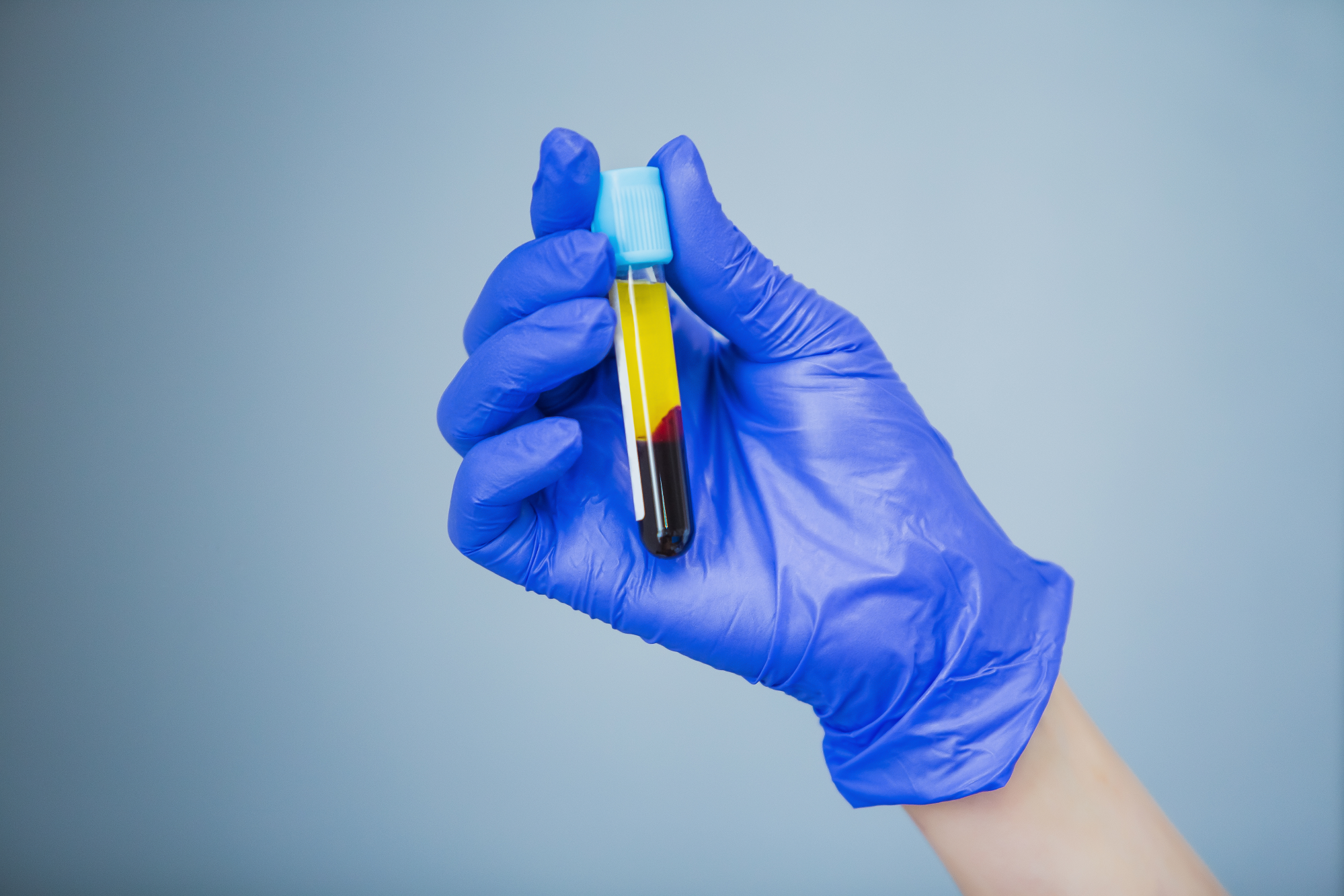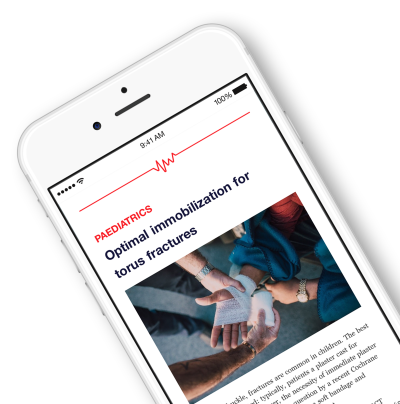Platelet-rich Plasma (PRP) Injection Versus Control for Rotator Cuff Tendinopathy: Powered by OE M.I.N.D. .
With interest in biologic therapies growing, platelet-rich plasma (PRP) has emerged as a promising intervention for rotator cuff tendinopathy. Across the RCTs available in OE M.I.N.D., PRP generally showed an advantage over placebo or dry needling once patients moved beyond the first few weeks, especially for broader composite outcomes like ASES, SPADI, and WORC. Pain improvement also favoured PRP from just over 3 weeks to about 6 months, although early pain changes and longer-term results were similar to control. Importantly, PRP appeared safe—none of the studies reported serious adverse events. Ongoing trials remain limited, but most published work consistently reports VAS pain and 12-month follow-up, and industry involvement has been led by companies like Zimmer-Biomet, Arthrex, and Regen Lab.
Unlock the Full original article
You have access to 4 more FREE articles this month.
Click below to unlock and view this original article
Unlock Now
Critical appraisals of the latest, high-impact randomized controlled trials and systematic reviews in orthopaedics
Access to OrthoEvidence podcast content, including collaborations with the Journal of Bone and Joint Surgery, interviews with internationally recognized surgeons, and roundtable discussions on orthopaedic news and topics
Subscription to The Pulse, a twice-weekly evidence-based newsletter designed to help you make better clinical decisions
Exclusive access to original content articles, including in-house systematic reviews, and articles on health research methods and hot orthopaedic topics
































































